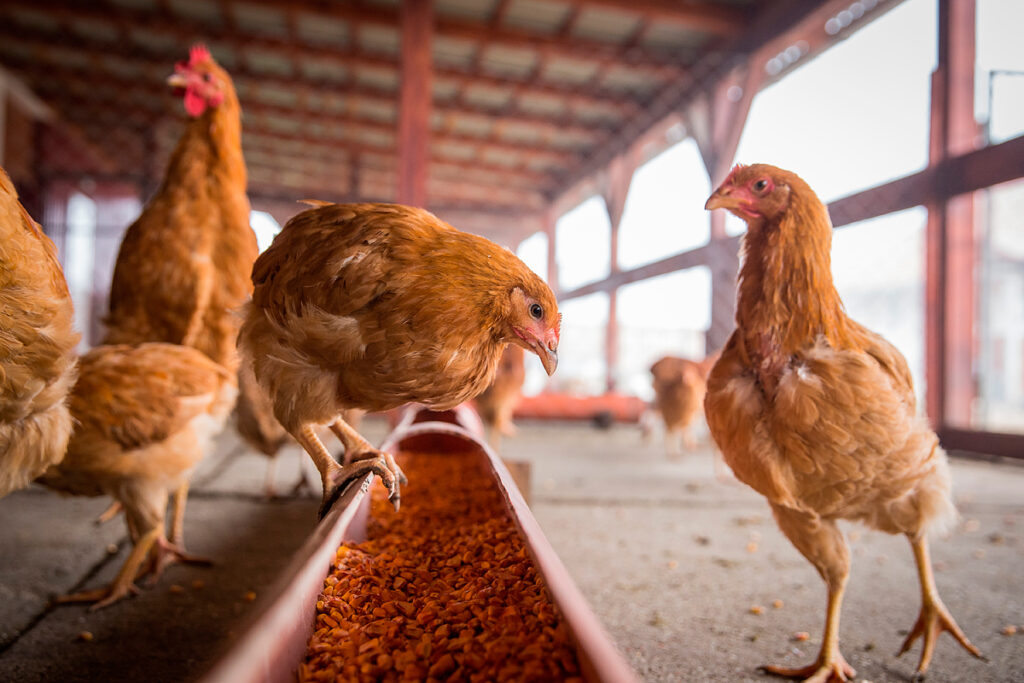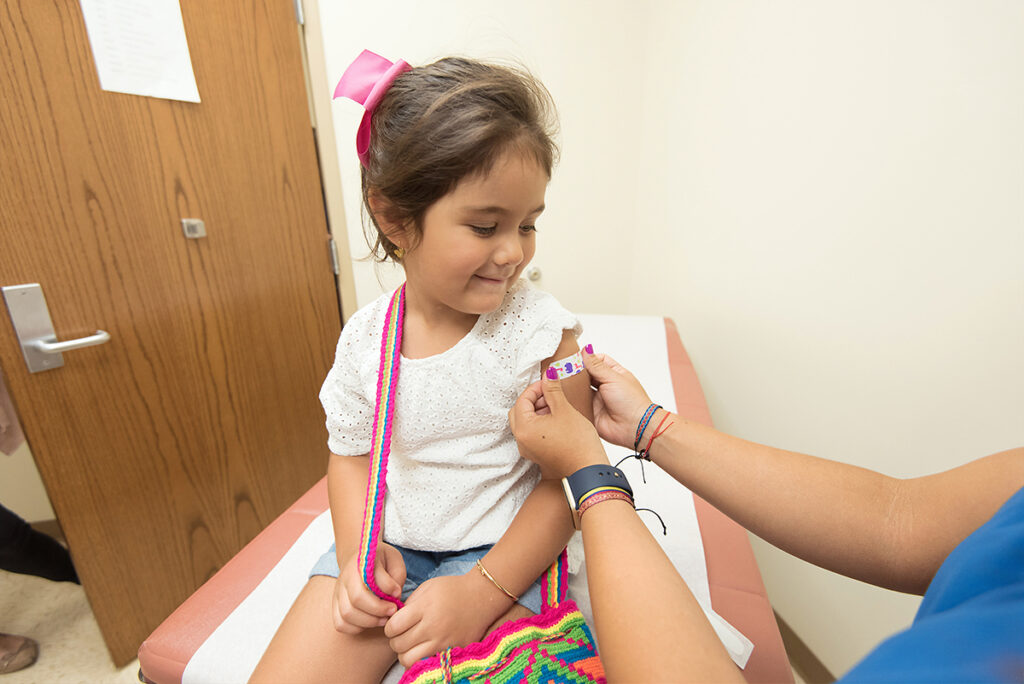The need for a cure for the H9N2 virus
The H9N2 strain of avian influenza causes significant economic losses in poultry farms around the world. For example, during the first mass outbreak of the disease on Chinese poultry farms in 1992-1994, the mortality rate of broilers from infection was 10-40%, the weight loss of broilers – about 20%, egg production decreased by 14-75%. In chickens infected with H9N2, the amount of mucus in the mouth increases, the trachea and bronchi become clogged with mucus, which leads to severe respiratory illness and death. The H9N2 strain contributes to the infection of birds with secondary infections: escherichia coli, hemophilic infection.
The H9N2 virus is transmitted through dust, food, and water from sick birds to mammals: pigs, dogs, cats, and humans. For example, about 12% of employees of poultry farms are infected with H9N2 and have antibodies to it.
Chicken interferon-α from H9N2 avian influenza
In 2004, scientists from the Chinese Agricultural University investigated the antiviral activity of chicken interferon-alpha (IFN-α) in the laboratory. In a series of experiments, scientists have shown that chicken IFN-α successfully suppresses the H9N2 virus in 9-day-old chicken embryos and one-day-old chickens.
Based on these results, in 2011, scientists from the Chinese Academy of Sciences conducted a study on the effectiveness of chicken interferon alpha against the H9N2 strain of avian influenza. The study aimed to evaluate the drug’s clinical effect as a preventive and therapeutic oral (through the mouth) remedy for H9N2. Scientists used 7-and 33-day-old chickens to understand how the immune system of birds of different ages responds to chicken IFN-α. 7-day-old chickens received 5,000 IU of the drug per day. 33-day-10 000 IU per day.
Research design
For the study, the scientists chose a common Leghorn breed. All chickens were raised in conditions without specific pathogens, under the national standard of the People’s Republic of China.
The scientists formed five groups of chickens of each age:
- Prevention group: at first, the birds received chicken IFN-α once a day for 4 days. Then the whole group was infected with H9N2.
- Treatment group: The birds were first infected with H9N2 and then treated with chicken IFN-α once a day for 5 days.
- Control group with viral infection: the birds were infected with H9N2, but they did not receive any treatment.
- Interferon control group: the birds were not infected but received the drug.
- Control group without infection and interferon.
Chicken interferon-alpha was obtained by genetic engineering. Scientists isolated the desired gene from chicken liver tissue. This gene was then embedded in the genome of the bacterium Escherichia coli (E. coli). As a result, the bacterium became able to produce chicken IFN-α. The recombinant chicken interferon-alpha obtained in this way was identical to the interferon obtained from blood cells but without the risk of contracting blood-borne infections.
Results of the study
Chicken IFN-α significantly reduces the viral load in the trachea.
In the prevention group, the level of H9N2 viral RNA in 7-day-old chickens was 12 times lower than in the control group infected with the virus. In the therapeutic group of 7-day-old chickens-3 times lower.
In the prevention group, 33-day-old chickens had a tracheal H9N2 level 10 times lower than in the control group infected with the virus. In the therapeutic group — 85 times lower.
Scientists note that chicken IFN-α, administered orally, can significantly reduce the reproduction of the H9N2 virus in the trachea, treating sick birds and in prevention.
The scientists determined the viral load using real-time PCR.
Chicken IFN-α accelerates the weight gain of 33-day-old chickens in the preventive and therapeutic groups.
In the three infected groups of 33-day-old chickens, the body weight gain was 2-10% lower than in the healthy control group. However, the birds of the preventive and therapeutic groups recovered weight gain faster than in the control group infected with the virus but did not receive treatment.
In the groups of 7-day-old chickens, there was no significant difference in body weight gain.
Taking chicken IFN-α does not affect weight gain in healthy chickens.
The researchers measured the chickens ‘ body weight gain every 2 days. 7-and 33-day-old chickens from the interferon groups did not differ in weight from the healthy control group.
Conclusions
With this study, the researchers demonstrated that oral administration of chicken interferon alpha could be used to prevent and treat H9N2 avian influenza in chickens.
The preventive effect is better in 7-day-old chickens. Scientists attribute this to the lack of maturity of the T-lymphocyte system in birds at this age, so exogenous interferon, in this case, acts more effectively.
The therapeutic effect was better in 33-day-old chickens.
Scientists note no reports of anti-H9N2 activity of chicken IFN-α when administered orally before this study. Chinese scientists emphasize that oral administration of the drug is an effective and convenient way to combat H9N2 avian influenza.
About the H9N2 strain of avian influenza
The H9N2 strain of avian influenza was first discovered by scientists on a turkey farm in the United States in 1966. Since the early 1990s, the virus has spread widely among poultry around the world. The most severe outbreaks of H9N2 infection were observed on farms in China, South Korea, Bangladesh, and Oman.
The natural carriers of the H9N2 strain are wild migratory birds, mainly waterfowl.
Compared to early isolates, modern H9N2 viruses infect mammals much more quickly. It is caused by numerous infections with the virus of different animal species, the exchange of genes with other strains of influenza: H1N1, H3N2, H5N1, H7N9, H10N8. Scientists believe that the H9N2 genes that humans received from infected poultry caused the mutation of the H5N1 strain and led to the outbreak of avian influenza among people in Hong Kong (China) in 1997.
The scientific community proposes strengthening veterinary biosecurity on farms: to use avian flu vaccines and preventive and therapeutic drugs to reduce the risk of transmission of the virus from poultry to humans.



